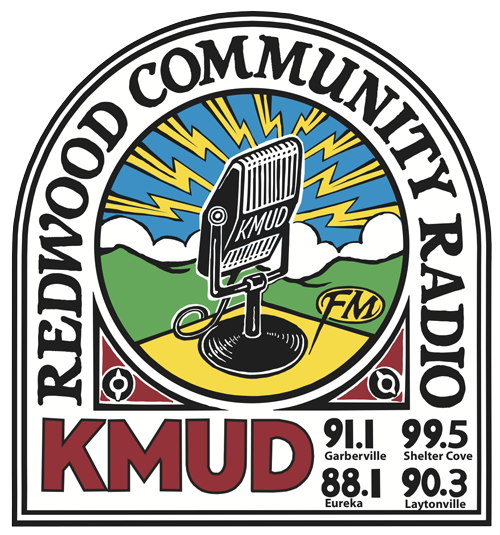Flying Squirrel on Wild Craft

Hey, what’s up everyone? Wild Ginger here. Not sure if you caught the Wild Craft when I had a special guest appearance from a flying squirrel? It’s one of those magic KMUD moments I will never forget! If you haven’t yet heard the show, Wild Craft is every other Tuesday at four (opposite the always lovely Coconut Wireless). Wild Craft features an interview or short discussion about an animal or plant, the idea is to focus on living with the land and with our plant and animal allies. Then I play indie rock, neofolk, nordic and world music for a bit to set the scene.
So, it was the Feb. 25 show, when a flying squirrel glided on in during a discussion about that incredible arboreal mammal…just kidding! The taxidermy flying squirrel was accompanied by Jim. Jim was listening to KMUD, heard me discussing some amazing flying squirrel facts and remembered his “pet” in the garage. He grabbed the squirrel (nameless but should be named Rocky, right?) and headed down to the MUD to show off a flying squirrel in real life.

In case you did miss this show, I highly recommend doing some quick internet searches on flying squirrel facts and videos, but here’s a super fast fact run down…
- flying squirrels are nocturnal and its been recently discovered that they use bio-foresense to find each other in the dark (their bellies glow neon pink in a black light!)
- Flying squirrels love to snuggle and have been found nesting with other flying squirrels, small birds, other squirrels and even pigmy owls! (The owl thing is huge because larger owls eat flying squirrels!)
- Flying squirrels are the primary food source for the endangered spotted owl.
- Flying squirrels themselves hardly ever leave the tree tops, but when they do its primarily to find their favorite food, truffles!
There you have it! Hope you can join us next time on Wild Craft when we will discuss another fascinating plant or animal that shares the magical interface between forest and human development we all call home. Peace
